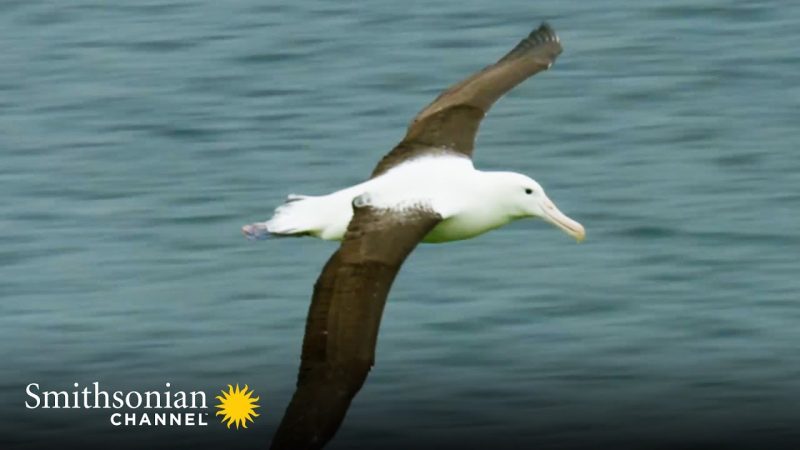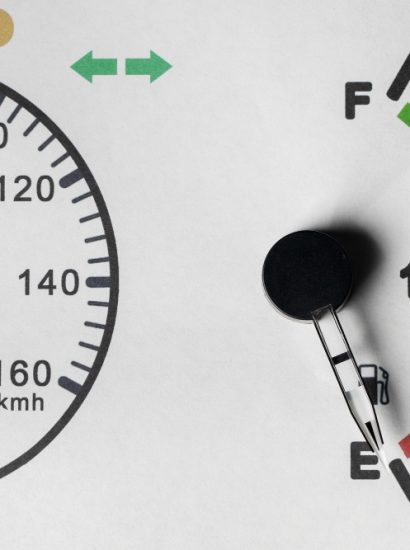How long can an albatross fly? This question has fascinated scientists and bird enthusiasts alike. These majestic seabirds are known for their extraordinary endurance, traveling thousands of miles without flapping their wings. By using dynamic soaring, they harness wind energy to glide effortlessly over the ocean for months.
Albatrosses are uniquely adapted for long-distance flight, with some species flying the equivalent of a trip around the Earth multiple times in their lifetimes. But what makes them such efficient flyers? In this article, we will uncover ten fascinating secrets behind their endless flight and explore the science that allows them to remain airborne for astonishing durations.
How Long Can an Albatross Fly Without Landing?
How long can an albatross fly without landing? Some species, like the wandering albatross, can stay airborne for months. They only return to land for breeding, sometimes going years without touching solid ground. This ability allows them to travel across entire ocean basins without exhausting themselves.
Since they rely on wind currents, their journeys depend on the availability of strong winds. Studies have shown that albatrosses can cover thousands of miles in just a few weeks. With no need for frequent stops, these birds dominate the skies, making them one of the most efficient long-distance travelers in the animal kingdom.
The Science of Dynamic Soaring
How long can an albatross fly? The answer lies in dynamic soaring, a technique that enables them to extract energy from wind patterns. By rising into fast-moving winds and then diving into slower layers, they create an endless cycle of movement. This allows them to travel great distances without exerting much energy.
Dynamic soaring is so efficient that albatrosses rarely need to flap their wings. Instead, they glide effortlessly for hours, covering hundreds of miles in a single day. Scientists have studied this technique to improve aircraft design, proving that nature’s engineering is often far ahead of human innovation.
Record-Breaking Distances: Albatross Migration
How long can an albatross fly during migration? Some individuals have been recorded traveling over 75,000 miles in a single year. Their migratory routes take them across vast oceanic regions, from Antarctica to tropical islands, depending on food availability.
One of the longest-tracked flights involved an albatross covering 12,000 miles non-stop. Unlike most birds, they do not need to rest on land frequently. Their efficient flight patterns allow them to cross entire oceans, making them true globetrotters of the avian world.
Unique Wing Structure for Maximum Efficiency
How long can an albatross fly? Their wing structure plays a crucial role. With wingspans reaching up to 11 feet (3.4 meters), these birds are built for gliding rather than flapping. Their long, narrow wings reduce drag and maximize lift, allowing them to stay airborne for extended periods.
Unlike most birds, albatrosses have a unique tendon-locking mechanism in their wings. This enables them to hold their wings in place without muscle fatigue. Thanks to this adaptation, they conserve energy while soaring, making long-haul flights easier and more sustainable.
Why Albatrosses Rarely Flap Their Wings
Unlike smaller birds, albatrosses rely on gliding rather than continuous flapping. How long can an albatross fly? Since they can lock their wings in place, they avoid muscle exhaustion. This ability allows them to travel thousands of miles across the ocean without needing to rest.
Flapping requires significant energy, but by using wind currents efficiently, albatrosses avoid unnecessary exertion. Even in rough weather, they adjust their flight paths to minimize energy use. This adaptation is key to their ability to stay airborne for months at a time.
How Albatrosses Sleep While Flying
A common mystery is how long can an albatross fly without sleep. Scientists have discovered that these birds engage in unihemispheric sleep, meaning one half of their brain rests while the other remains active. This allows them to stay in flight for extended periods without landing.
By taking short naps while gliding, they avoid exhaustion and maintain awareness of their surroundings. This adaptation is critical for their survival, as it allows them to continue their journeys across the open ocean without stopping.
Albatross Navigation: Finding Their Way Across Oceans
Albatrosses navigate with incredible precision, even when flying thousands of miles across featureless ocean landscapes. How long can an albatross fly without losing its way? Using a combination of the Earth’s magnetic field, wind patterns, and celestial navigation, they stay on course.
Studies suggest that albatrosses can detect subtle changes in the atmosphere, helping them determine direction. This ability ensures they find their way back to breeding colonies and feeding grounds, no matter how far they travel.
Food and Foraging: Eating While in Flight
How long can an albatross fly without food? These seabirds have adapted to survive long periods without eating. They primarily feed on squid and fish, often snatching prey from the water’s surface while still in flight.
Albatrosses have an excellent sense of smell, allowing them to locate food over vast distances. They can go days without a meal, relying on their efficient metabolism and energy-conserving flight style to sustain them until they find their next feeding opportunity.
The Impact of Climate Change on Albatross Flight
How long can an albatross fly in changing climate conditions? Global warming is altering wind patterns, which may impact their ability to travel efficiently. Some studies suggest stronger winds have helped albatrosses fly faster, but long-term changes could disrupt their migratory routes.
Additionally, climate change is affecting their food supply, forcing them to travel even greater distances. Conservation efforts are critical to ensuring these magnificent birds continue to thrive despite environmental changes.
The Albatross as a Symbol of Freedom and Endurance
How long can an albatross fly? Beyond its biological significance, the albatross symbolizes endurance and freedom. Sailors and poets have long admired these birds for their ability to roam the skies effortlessly, inspiring legends and literature throughout history.
From ancient myths to modern conservation efforts, the albatross represents resilience in the face of challenges. As we continue to learn more about these incredible birds, their enduring flight remains a symbol of nature’s remarkable power and adaptability.
Conclusion
So, how long can an albatross fly? With the ability to remain in the air for months and cover vast distances, they are unmatched in endurance and efficiency. Their dynamic soaring technique, unique wing structure, and navigation skills make them the ultimate long-distance travelers.
Understanding the secrets of albatross flight not only deepens our appreciation for these magnificent birds but also underscores the importance of protecting them. As climate change and human activity threaten their survival, conservation efforts are crucial to preserving these iconic masters of the sky.
FAQs
Q1. How long can an albatross fly without stopping?
An albatross can stay airborne for months, only landing for breeding. They can travel over 75,000 miles in a year without touching land.
Q2. Do albatrosses sleep while flying?
Yes, albatrosses engage in unihemispheric sleep, allowing them to rest one half of their brain while continuing to glide.
Q3. How do albatrosses fly so efficiently?
They use dynamic soaring, extracting energy from wind currents to glide with minimal effort, reducing the need for wing flapping.
Q4. What is the longest recorded albatross flight?
One albatross was tracked flying 12,000 miles non-stop. Some individuals travel the equivalent of the Earth’s circumference multiple times.
Q5. Are albatrosses endangered?
Many species face threats due to climate change and fishing industry bycatch. Conservation efforts are crucial to their long-term survival.
ALSO READ: 1235 Wonder Highway: 10 Unbeatable Reasons to Visit Today









